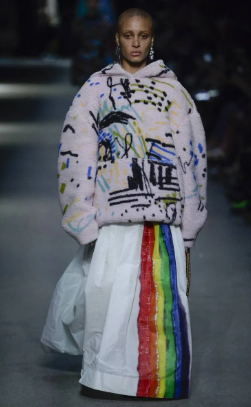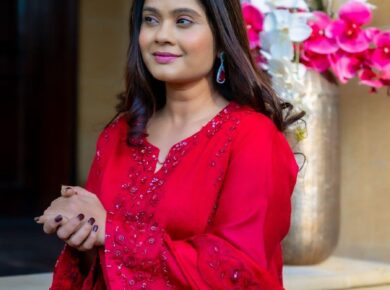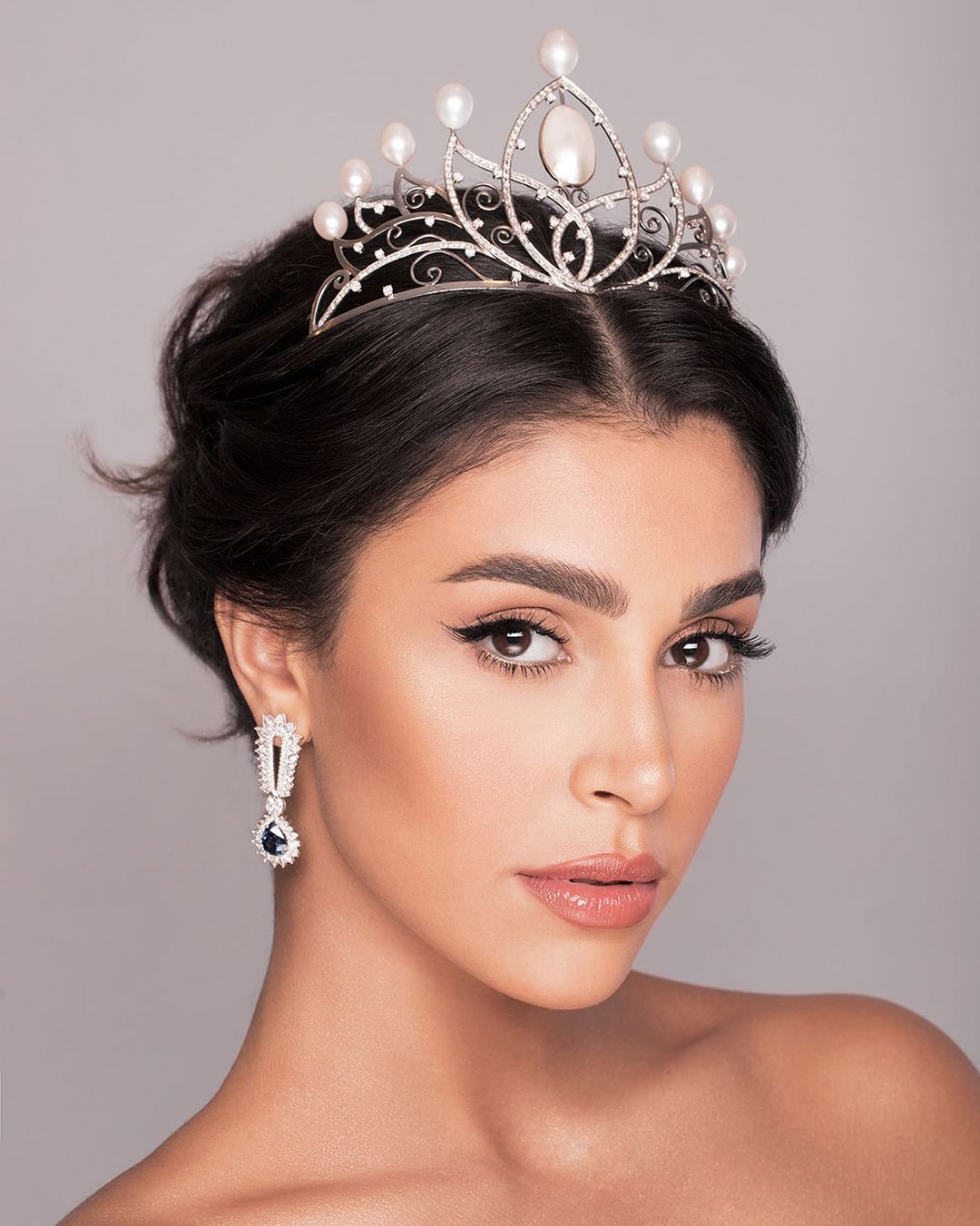LGBTQ Fashion: Celebrating Diversity and Inclusivity in the Industry

The fashion industry has long been associated with narrow beauty standards and traditional gender norms. However, in recent years, the industry has begun to embrace diversity and inclusivity, including the LGBTQ+ community. The rise of LGBTQ fashion has provided a platform for individuals to express themselves freely, celebrating their identities through clothing.
The Roots of LGBTQ Fashion
The LGBTQ+ community has long been associated with fashion and style. From the iconic looks of drag queens to the colorful and expressive outfits of Pride parades, fashion has been an essential aspect of LGBTQ+ culture. The fashion industry has also been a powerful tool for the LGBTQ+ community to challenge traditional gender norms and promote inclusivity.
In the early days of the LGBTQ+ rights movement, fashion was used as a form of protest and self-expression. For example, the Stonewall Riots of 1969 saw LGBTQ+ individuals wearing clothing that challenged traditional gender norms and expectations, such as women wearing men’s suits and men wearing women’s dresses.
Designers Embracing LGBTQ Fashion
In recent years, designers and fashion brands have begun to embrace the LGBTQ+ community, creating clothing and campaigns that celebrate diversity and inclusivity. Brands like Nike and Levi’s have launched Pride collections, featuring rainbow-colored clothing and accessories. Fashion brand Marc Jacobs also created a capsule collection in support of the LGBTQ+ community, with proceeds going to support LGBTQ+ organizations.
Many designers have incorporated elements of LGBTQ+ culture into their collections, such as the use of gender-neutral clothing and accessories, colorful patterns and prints, and inclusive sizing. This trend has been especially prominent in streetwear, with brands like Stussy, Vans, and Adidas featuring rainbow-themed collections.
Impact on the Industry
The rise of LGBTQ fashion is having a significant impact on the fashion industry, promoting inclusivity and diversity. It is providing a platform for individuals to express themselves freely and celebrate their identities through clothing. The trend towards gender-neutral clothing and inclusive sizing is also promoting a more sustainable and ethical approach to fashion, encouraging consumers to buy fewer pieces of higher quality.
In addition, the fashion industry’s support of the LGBTQ+ community has helped to raise awareness and funds for LGBTQ+ organizations and charities. It is promoting a more positive and accepting image of the LGBTQ+ community, challenging negative stereotypes and prejudices.
Challenges and Criticisms
Despite the positive impact of LGBTQ fashion, there are still challenges and criticisms that the movement faces. Some argue that the trend is a form of commodification, with brands exploiting the LGBTQ+ community for profit. Others argue that the fashion industry’s support of the LGBTQ+ community is superficial, with little effort being made to address the underlying issues of discrimination and prejudice.
Additionally, some have criticized the lack of diversity within the LGBTQ+ fashion movement, with many of the designers and models still conforming to traditional beauty standards.
Conclusion
LGBTQ fashion is on the rise, and it is celebrating diversity and inclusivity within the industry. It is providing a platform for individuals to express themselves freely, challenging traditional gender norms and promoting sustainable and ethical fashion practices. While there are challenges and criticisms, the movement towards LGBTQ fashion is an important step towards a more inclusive and diverse fashion industry.



